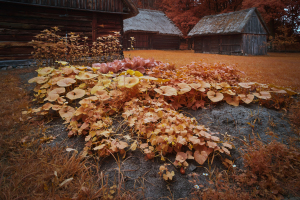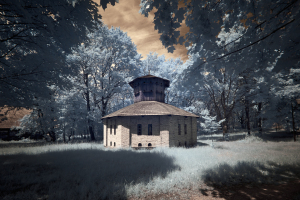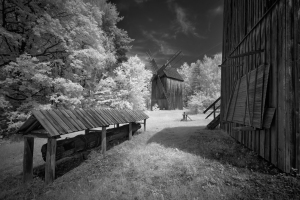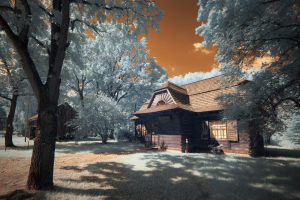DISSOCIATION OT HE NATURE OF LIGHTS?
Light is colloquially referred to as the visible part of the electromagnetic spectrum. Human eyes can perceive waves with wavelengths ranging from 400 to 700 nm, but there are variations between 380 nm and 780 nm. Therefore, the perception of the world may differ slightly. But is what surrounds us the only version of reality? No! Let’s look at animals then. Dogs can’t see the color green. Birds can see in ultraviolet. Crustaceans can use filters to separate ultraviolet light into more subtle colors. Snakes can see in two ways: a bit of color and a bit of infrared. This results in the subjectivity of perception caused by our eye structure and biology in general.
Light is the most important aspect of photography, so since I’ve been seriously involved in photography, I’ve been delving into its nature. In my work, I try not to show the world as it is seen, but as I would like to see it. I use various techniques to achieve the result I desire, such as black and white photography, which unrealistically reproduces reality, and pinhole photography, which shows a different nature of light and also distorts the image. Hence my interest in infrared photography. I want to expand human perception of reality, get closer to nature, and see it from the perspective of animals. The terrain of the Radomskie Village Museum is perfectly suited for this because the village is closely connected to nature. It was in the village that its inhabitants whitewashed their cottages because the color blue repels insects, unlike yellow, which attracts them. Folk wisdom was primarily derived from observing nature.
I became interested in infrared photography 12 years ago, but it was only with the emergence of cameras commonly referred to as “mirrorless” that my fascination with this technique developed. I could observe a surreal world “live” in the viewfinder, where colors, contrast, and light change. Using various filters that cut off different ranges of electromagnetic wave lengths shows an alternative version of reality. Perhaps this is how spiders or birds surrounding us see the world. From a human point of view, it is a form of dissociation of perception. So the question arises, how does dissociation differ from creating reality in the creative process? The exhibition “Dissociations or the Nature of Light?” is a step towards rejecting realism and rationality in favor of surrealism and abstraction.
Tomasz Grzyb



